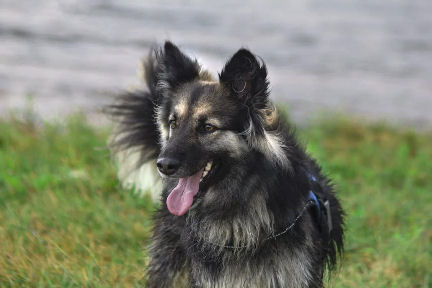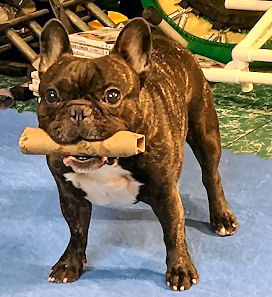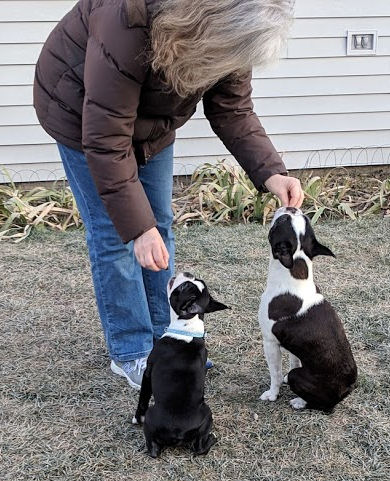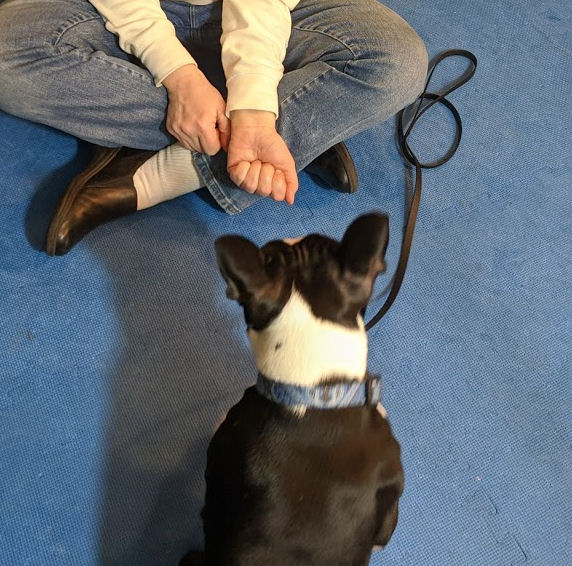There’s no way to teach dogs “don’t”
“Stop! Don’t do that!” When you say it in “Mom Voice,” most children will freeze and stare at you. Whatever they were caught doing stops immediately. Dogs? Not so much. It’s practically impossible to teach a dog “don’t. That’s the biggest difference between talking to a toddler and a dog.
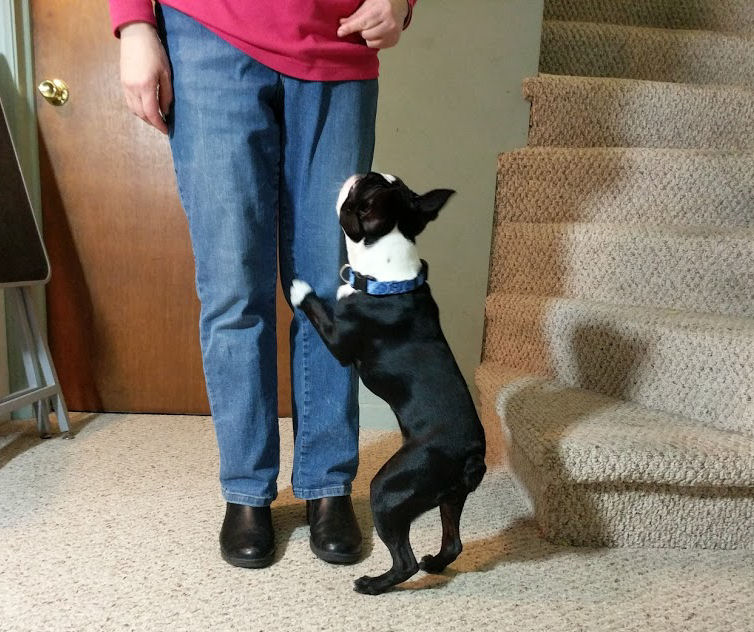
That doesn’t mean dogs get away with unacceptable behaviors. But when someone asks how to teach their dog “not to jump,” it’s the wrong question. A better, faster, easier approach is to give the dog something else to do instead of jumping on people. (We educated our cousin how to refocus her dog from jumping not long ago.)
Instead behaviors
Think about it. All of the successful things you’ve taught your dog, from potty-training to complex tricks, are teaching them what to do. Not what not to do. If you just thought “Wait! Potty training is teaching the dog not to eliminate in the house!” That’s how you think of it. In fact, what you’ve trained your dog is where they should eliminate.
It’s the same for any other dog’s naughty behavior. We teach our dogs to “Sit!” as a response to a doorbell ringing or a knock on the door. They’re doing something, instead of “not” jumping.
For a while, we believed our dogs knew how to “Leave it!” It’s what we used when their noses poked into the wastebaskets, or they obsessed over the place the bunny dove under the gate. What we really taught our dogs was to refocus on us and get rewarded. Instead of the negative “stop that” behavior intended, we got a “look at me” behavior. That realization changed nothing. We still got what we wanted. Our dogs leave the thing alone. And we still say “Leave it!” because that’s what we’re all used to.
Call it whatever you want
Do the dogs understand the phrase “leave it?” No. They understand that when they hear those words there’s something they’re supposed to do. As long as you’re consistent with the words you attach to behaviors, it works. Like Humpty Dumpty in Alice in Wonderland: “When I use a word… it means just what I choose it to mean – neither more nor less.”
So although the “Leave it!” command is phrased as something “not” to do, there’s actually a positive “something” to do attached. If there’s anything your dog does that you wish they wouldn’t, the most effective way to change the behavior is to give them something to do instead.
Works for all kinds of things
Changing how you phrase things gives you the ability to translate it into “dog.” Since you can’t teach your dogs don’t pull on the leash, instead train them to walk at your side. Rather than “stop counter-surfing,” teach them where their “Place!” is in the kitchen. Substitute “get your toy” for barging into someone coming in the door.
Think about the things your dog does that annoy you. Be honest – every dog is occasionally annoying. Picture what you’d like your dog to do in those circumstances. Then you’ll have a plan to turn things around. What would you like him/her to be doing instead? And how can you make a training game out of it? Now you’re thinking like a dog trainer.

